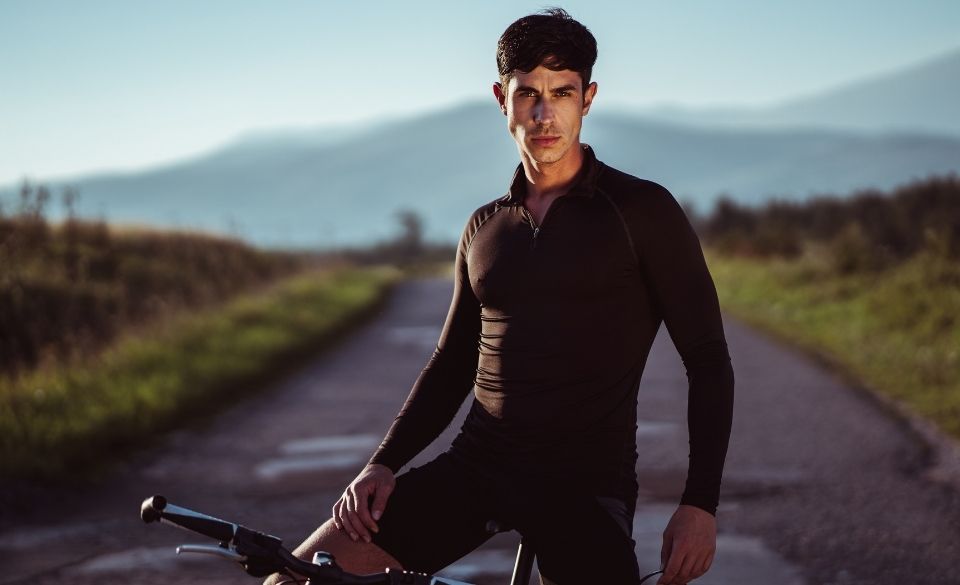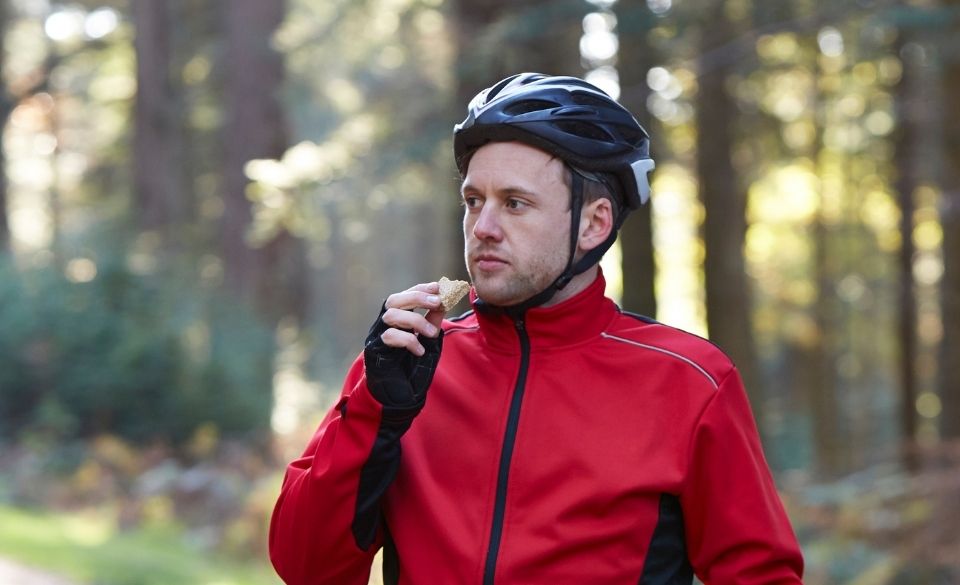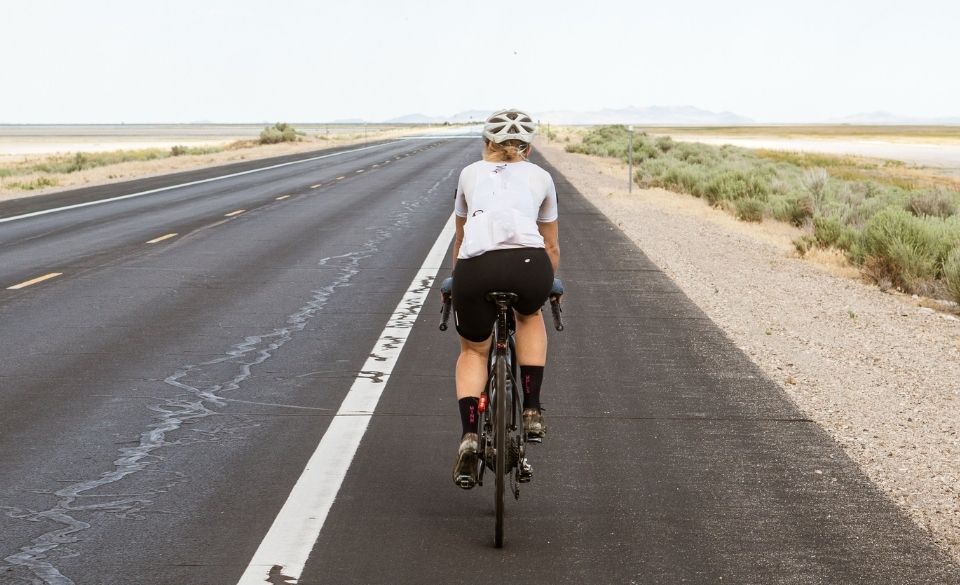
Cycling Long Distance – What Should You Know?
Page Contents
Cycling long distance brings a sense of accomplishment. However, if you are new to riding for more than 2 hours, you might feel intimidated. But if you prepare correctly by following the right strategy and planning, long-distance cycling can be a rewarding experience.
However, long bike rides require a level of endurance. That means you should gradually build up your distance over time.
You should also learn the right nutrition and training strategy to help you perform better over the distance you choose.
That is why, in this article, we discuss how to prepare for long-distance cycling. We discuss what to eat during long-distance cycling as well as the training needed. So, keep reading to learn more.

What To Eat When Cycling Long Distance?
When riding long distances, it is important to vary the foods you eat. Because you spend such a long time on the bike, the last thing you want is an upset stomach or lack of energy.
Foods like bananas, cereal bars, scones, and other similar foods are great low-fat foods that don’t spike your blood sugar levels and are easily digestible.
When it comes to energy gels or bars, it is important to keep these to the later stages of your long ride. This prevents your blood sugar levels from fluctuating throughout your ride.
However, if you struggle to intake solid foods when riding, gels or milkshakes may be the only option. This is generally ok if you are consistently with these types of foods throughout the ride. But for most people, keeping to solid foods for 80% of the ride is more realistic.
When cycling long distances it is important to eat around 40-70 grams of carbohydrates per hour. This is equivalent to 1-2 bananas or cereal bars per hour. The remaining carbohydrate you are missing should be taken through an isotonic sports drink. These can help replace lost fluids, as well as electrolytes.
For most people, trial and error is the best form of attack. Practicing eating between 40-70 grams of carbohydrates per hour will allow you to find the sweet spot for carb intake. Once you find the maximum amount of carbohydrates your stomach can handle per hour will prevent any stomach problems in the later stages of your long ride.

Cycling Long Distance Training
When learning to ride long distances, it is important to do the right training beforehand. That means you should focus on increasing the distance you ride gradually each week. However, it is important not to forget the intensity during the process.
Mixing your long ride with threshold, tempo, and recovery during the week are the best ways to build your endurance. While your long ride is an important piece of the puzzle, the threshold and tempo sessions are what will increase your power. These sessions will help to increase your threshold power and help you ride faster throughout the distance.
When it comes to recovery, it is important to allow adequate rest into your training plan. With the correct downtime, you can benefit from the training you have done during the previous weeks, which will help you increase your strength and overall performance.
However, since the long ride is the key to long-distance riding. It is important to slowly build up to 80% of the distance you are aiming for. By doing this, you will be able to gather the strength to get through the remaining 20%.
Make sure you plan regular rest weeks into your training and not continually increase your mileage every week. Otherwise, you may find yourself burning out or injured.
How To Cycle Long Distances Without Getting Tired?
The key to cycling long distances without getting tired comes down to the training you have done and the nutrition you take in during the ride. Building up your base miles with slow endurance rides can help you build up the endurance necessary to finish a long ride. However, that is just one part of the equation. Eating regularly throughout your ride can also help you get through a long ride without feeling fatigued and broken.
Another key area that can help you get through a long ride is the correct training. Regular threshold training and tempo rides can help improve your aerobic threshold and v02 max which can help you increase your speed. That means when you are cruising along during a long ride your body is more efficient.
Then pacing is a big issue for many people looking to do their longest ride of the year. Pacing can help you get through the distance with less fatigue and also prevent you from bonking or overexerting yourself during the ride. Depending on the distance of the ride you can base your effort on your heart rate or power, both will give you a good estimate to follow during the ride and prevent you from burning too many matches too early.
Last but not least is your tapering into your longest ride. When aiming for your longest ride, it is important to go into it fresh. That means you should start tapering your training about a week or so out from your longest ride.
By reducing your volume and intensity, you can help shed any fatigue you might have lingering from the previous week’s training. It also allows your muscles to restore glycogen levels and make sure you are full of energy before your longest ride.


